From comic books to film adaptations, superheroes are commonly portrayed as warriors, defenders, and protectors of people who are helpless, distressed, and in mortal danger — and they’re usually seen on city rooftops and urban settings. “The Quest for the Absolute” series by photographer Benoit Lapray tells a different story. He expertly blends popular superheroes like Superman, Batman, and Wonder Woman into his own sprawling countryside landscape photos. The effect is dramatic, capturing a feeling of isolation and pensive sadness that accompanies the superheroes as they retreat into nature to fulfill a seemingly-existential quest alone.
It’s a cool pop culture concept, and an artistic use of Photoshop that we can definitely get behind.
We caught up with the Paris-based photographer to get some more insight on how he shot and processed these images. Scroll down for our exclusive Q&A with Benoit Lapray, plus a collection of his work.
Let’s talk about your series first. What inspired you to take superheroes and blend each of them into isolated, nature-laden landscapes?
“The Quest for the Absolute” series started in my mind while I was taking a walk in the mountains of Haute-Savoie in the French Alps, where I lived for five years. At the beginning, this series was just a game for me. And then it became work that I imposed on myself. It started with a picture of Superman. I had the idea to put him on a big rock balanced in the air, and it worked immediately. The result was really powerful. So I realized that there was an evident link between superheroes and nature. Normally, superheroes stories take place in big cities, but in this case, it worked very well.
How did you choose the locations featured in your series?
I did a lot of walking—in town, in mountains, in the countryside. I like to take my camera bag every time with me. So I shoot a lot, and I bring back a lot of pictures at home. After that, I make a selection with my best snaps and I retouch them by adding a superhero in the picture.
Out of all these photos, which one are you most proud of?
Without hesitation, it’s the one of Wonder Woman by the waterfalls, because it was the most difficult shot to do. The weather was really bad that day in the mountain. I had to climb on wet rocks with all my equipment to be close enough. And it is really difficult to shoot next to a waterfall because you have to protect your lens from water drops. So I’m really proud of this one, you can imagine. This series is still in progress, so I continue to work on it. Many good shots will come up soon, probably better than these photos I’ve already done so far.
What programs did you use for your post-processing workflow?
I work with Lightroom 4 and Photoshop CS6. Everything is possible in photography with these two tools. And when I shoot and I connect to the computer, I use Capture One, which is a very good program—maybe sometimes a bit too complex for many tools. But I prefer to develop with Lightroom because the Highlights and Shadows Recovery is definitely better than on Capture One, and it’s easier to use.
Got any editing and post-processing tricks you can share with photographers and artists?
The most important thing for me is to develop your RAW files the best. So first, using the “Highlights/Shadows” tool on Lightroom will give you the best dynamic for your shot. The “Clarity” tool is a good way to boost your picture too. But the best Photoshop tool for me is definitely the “Vector Mask”. You can apply each effect exactly where you want on your picture by using the brush or the gradient tool. For me, this is the best tool for retouching a photograph.
Now let’s move on to you and your life’s work. How did you get started with photography?
I started photography when I was 20 years old. At the beginning, it was just a passion. My uncle Jean-Luc Bénard was a famous advertising photographer in London in the 1980s-1990s. He gave me an old Nikon F2 with a different lens, and so I started to practice with that. But after some years of other studies in art and journalistic communications, I realized that photography was the only thing I really wanted to do. I wanted to be a photographer. So when I was 24 years old, I decided to go to a school to learn everything about my passion. First, I worked in a museum in Lyon as a photographer. Then, I worked in two different advertising photo studios as a photographer and retoucher. Now that I live in Paris, I work as a freelancer in commercial photography. I also do my own production work, and you can check my website at BenoitLapray.com
What are your favorite subjects to shoot?
I really like to shoot people on location. I like to tell stories using one or several characters on location. I’m probably more a landscape photographer, because these are the places that inspire me the most—more than people. When I find a good place, I try to tell a story, to express an idea with this “decor”. Architecture photography is another real passion for me—my second photographer’s face.
Who are your influences in photography?
Annie Leibovitz, Gregory Crewdson, Eugenio Recuenco, Erwin Olaf, Cedric Delsaux, Jean-Yves Lemoigne, and David Lachapelle. But also more classic photographers like Raymond Depardon. I am also influenced by one of the best architecture photographers, the master Gabriele Basilico.
What can we find in your camera bag?
Well, I still don’t have the perfect equipment, because it is really expensive for me yet. Right now in my own Lowepro camera bag, you can find a Canon 5D Mark2 + grip, Canon 24mm F2,8 lens, Canon 35mm F2 lens, Canon 50mm F1,4 lens, Canon 100mm F2 lens, Canon 430 EXII speedlite flash, Manfrotto 190 X Pro B tripod with a Manfrotto 410 Junior Geared Head, 3 macro rings, and many other little accessories. I think that’s the minimum for everyday photography, and you can already shoot good things with that. But I rent equipment if I need something better like medium-format with digital back or tilt-shift lens.
Aside from photography, do you have other interests you would like to share with us?
Photography is take a big part of my life, but I also love various sports. Sports was my first passion when I was younger. I wanted to be a great rower, and I practiced rowing for nine years in Lyon. I love walking in the mountains. I like to discover beautiful and uncommon places everywhere. I also love art, and during my free time, I try to go see a lot of exhibitions. Paris is a fantastic place for that—probably one of the best.
What’s next for you after you complete your series?
I’ve been getting many requests for books, art fairs, magazines, and people who want to buy my prints, so it takes a lot of time to answer all these requests. But I also have a lot of other projects in mind. First, I have to continue my series entitled “Wild Instinct”. And after that, I would like to do something with Paris, using this beautiful city where I live as a foundation for a new photo series.
Follow Benoit Lapray on 500px to see the rest of his work. To keep in touch with him, thumb up his Facebook page or follow him on Twitter.
Want to hang his work on your walls? Fine art numbered and signed prints from “Quest for the Absolute” series are now for sale at BenoitLapray.com and benoitlapray-shop.com.
Got a question for Benoit about his work and process? Which comic book superheroes do you identify with the most? Let’s chat below!

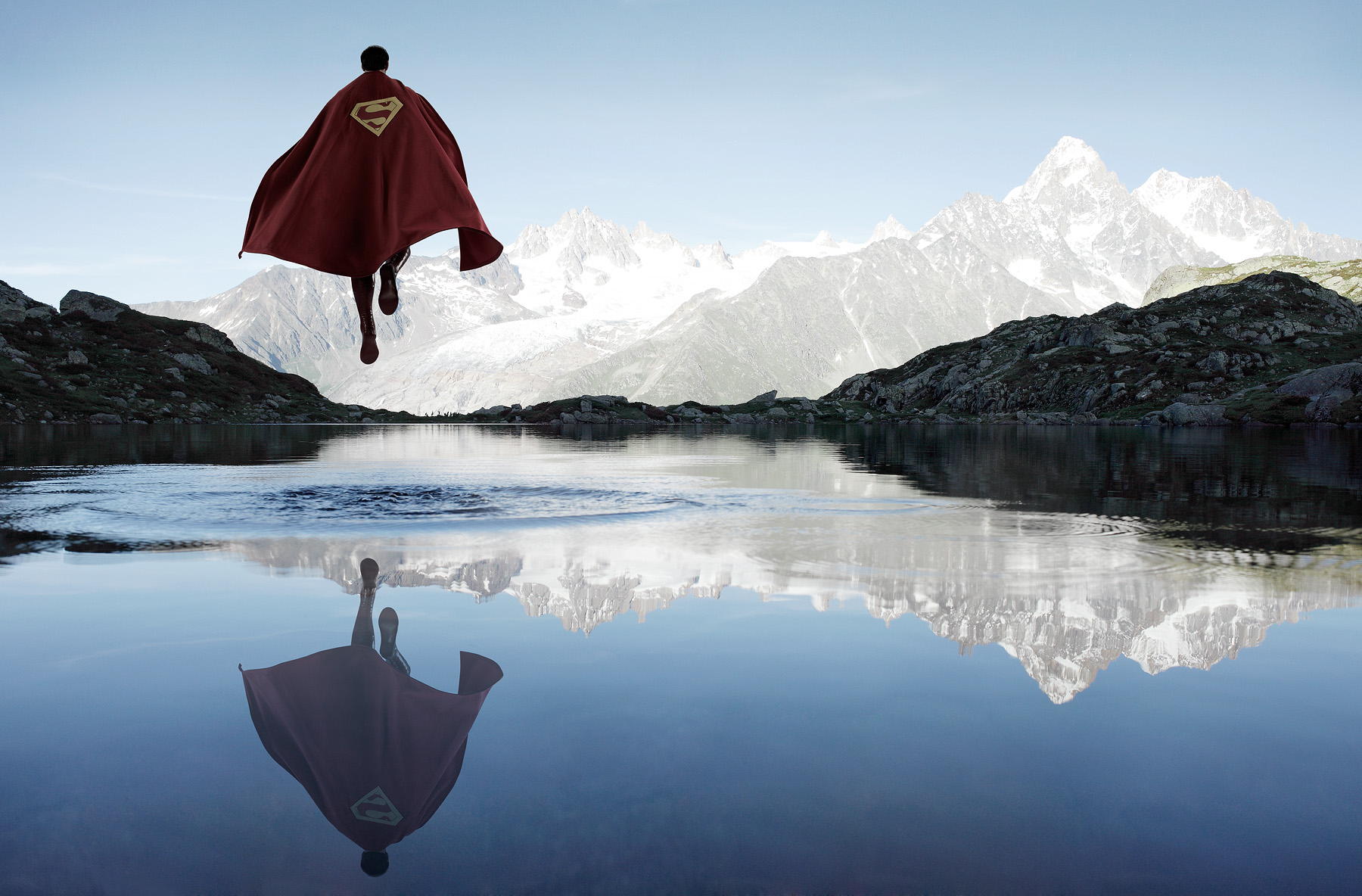














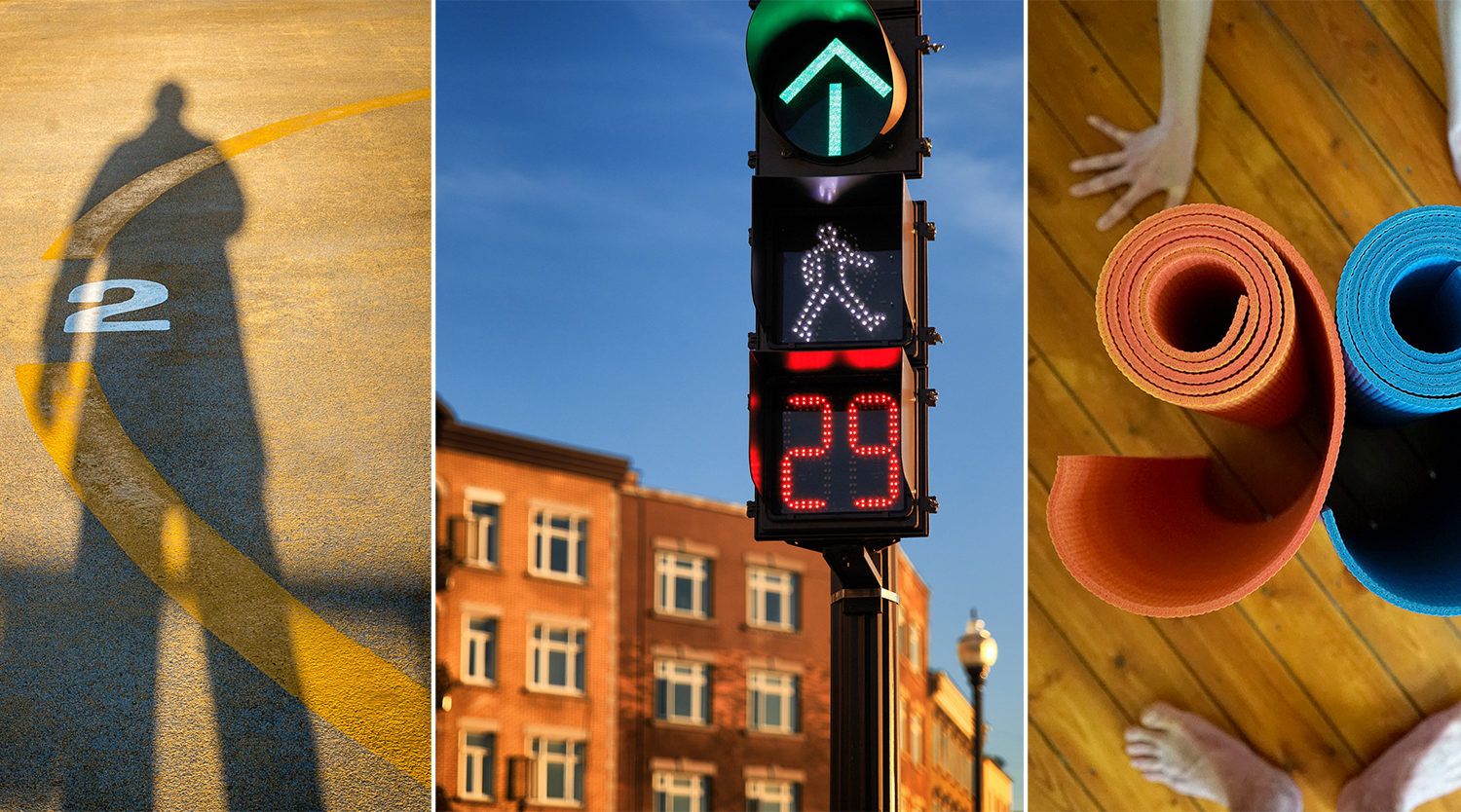
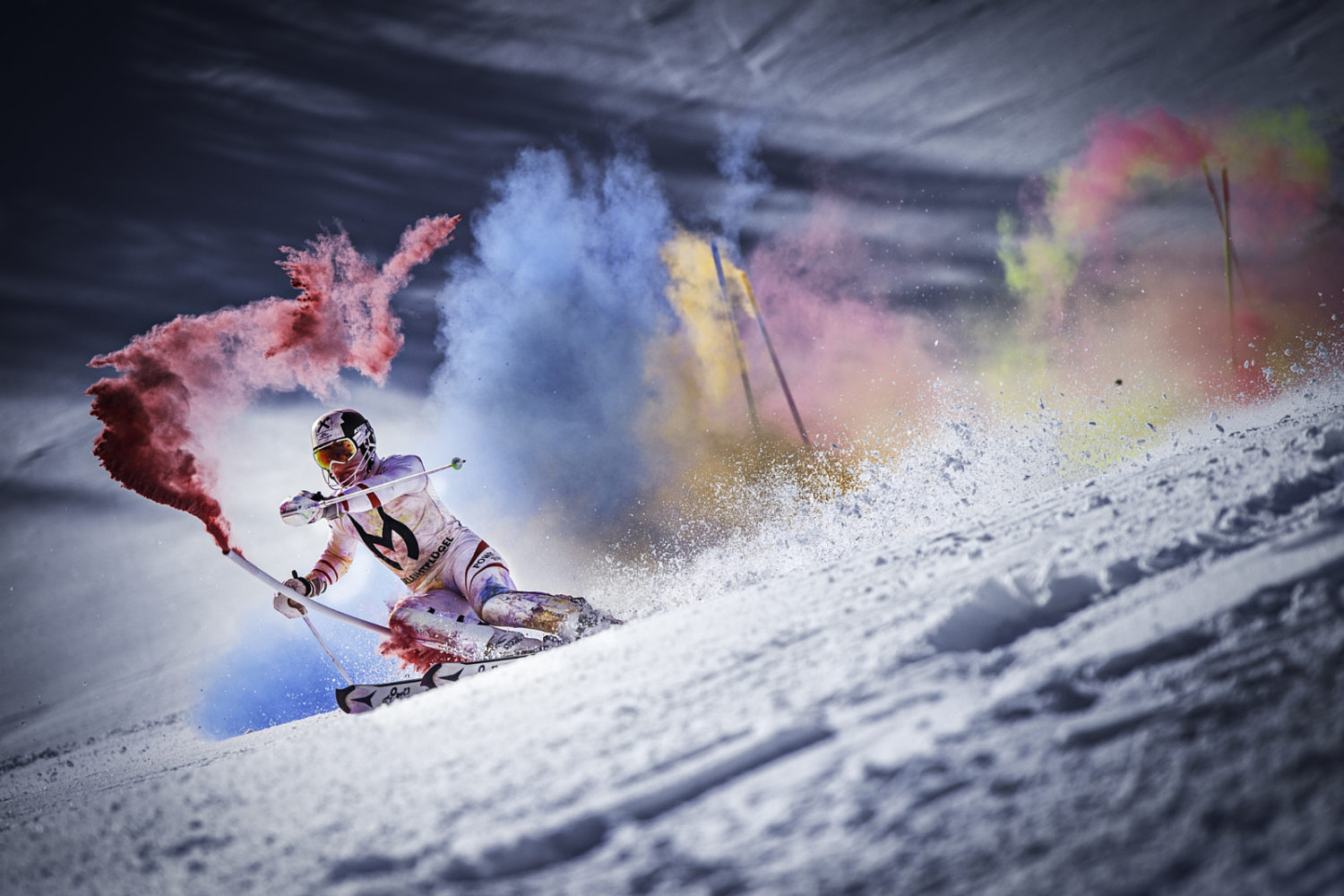

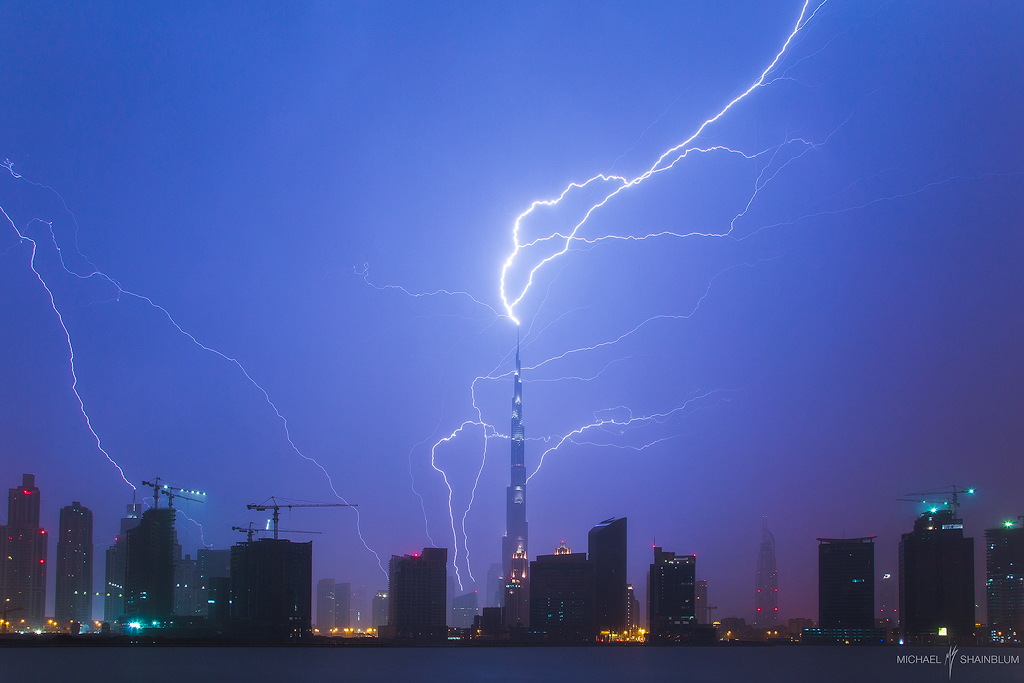
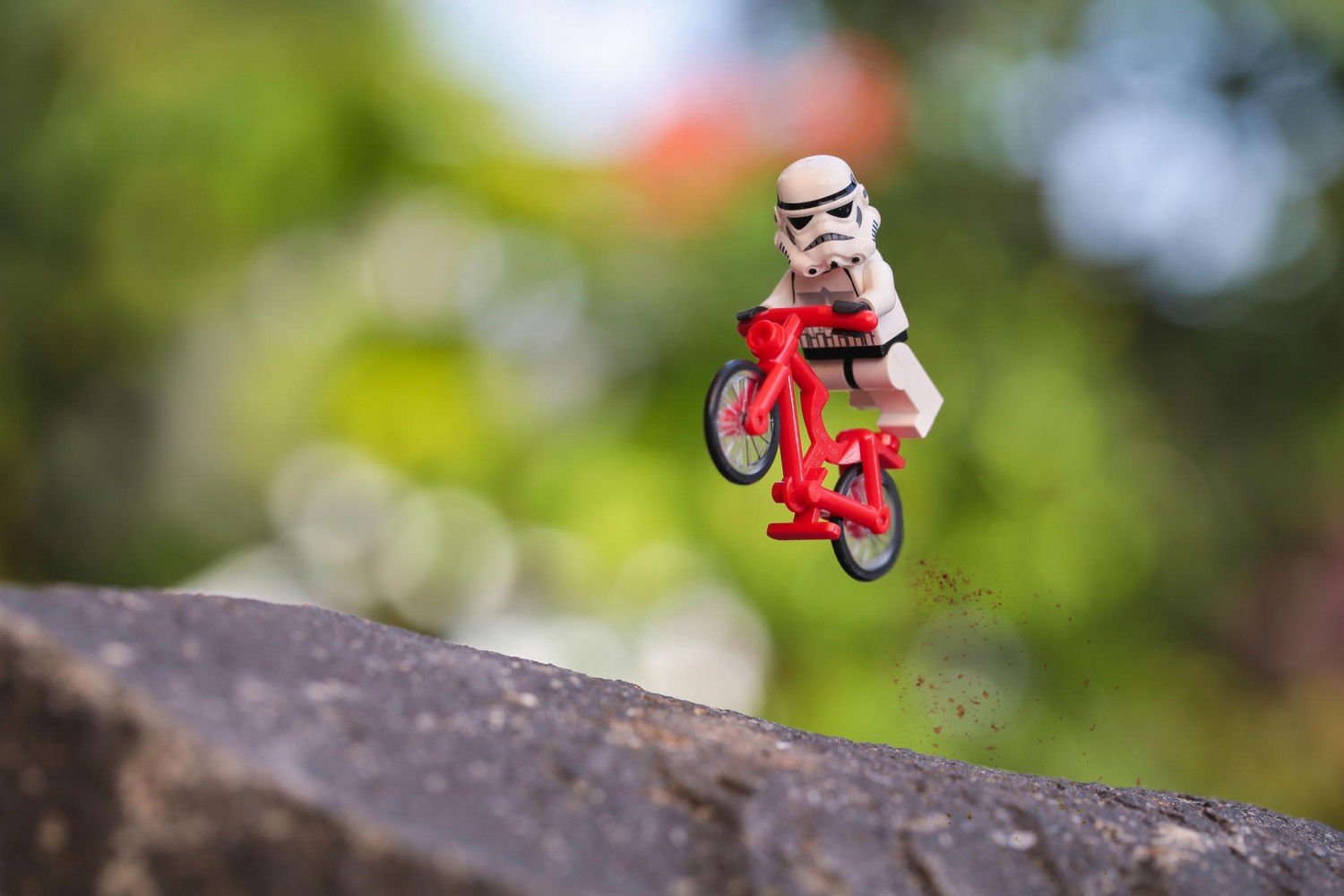
Leave a reply